Astrophytum Myriostigma, commonly known as the Bishop’s Cap cactus, is a fascinating and distinctive member of the Cactaceae family. Its striking appearance, characterized by its star-shaped form and unique symmetrically ribbed body, makes it both a decorative and intriguing addition to any succulent collection. This article provides comprehensive tips on cultivating this succulent marvel, addressing key buyer concerns, and shedding light on essential care techniques.
Understanding the inherent characteristics of Astrophytum Myriostigma is crucial for successful cultivation. This species exhibits distinctive features that not only contribute to its aesthetic appeal but also dictate specific care requirements. With that in mind, let us delve into the essential elements of growing this remarkable cactus.
Creating the Ideal Environment for Your Bishop’s Cap
One of the primary concerns when growing Astrophytum Myriostigma is providing the right environment for optimal growth. Cacti thrive best in specific conditions that mimic their native habitat.
Light Requirements: This species flourishes in bright, indirect sunlight. While they can tolerate direct sunlight, caution should be exercised, particularly during the hot summer months. Too much exposure can lead to sunburn, affecting the cactus’s vibrant green color and structural integrity. A south-facing window, filtered light, or even artificial grow lights are excellent options for providing adequate luminosity.
Temperature Preferences: Astrophytum Myriostigma prefers warmer temperatures, ideally ranging between 70°F to 85°F (21°C to 29°C) during the growing season. In winter, they can endure cooler temperatures down to 50°F (10°C), but it is crucial to avoid frost, as this species is not frost-tolerant. Maintaining a stable environment within these temperature brackets ensures that your Bishop’s Cap thrives.
Humidity Levels: Dry air is the best friend of cacti, and Bishop’s Cap is no exception. Low humidity levels mirror their desert origins, thus creating an environment conducive to growth. Aim for a relative humidity level below 50% to promote health and mitigate the risk of diseases.
Choosing the Right Soil Mix for Your Cactus
Soil selection plays a pivotal role in the successful cultivation of Astrophytum Myriostigma. Given their natural preference for well-draining substrate, utilizing the correct soil mix will dramatically affect the plant’s health.
Drainage is Key: A cactus mix or a hybrid formula that includes coarse sand or perlite will ensure proper aeration and drainage. Avoid using standard potting soil, as it retains too much moisture, leading to root rot and other detrimental conditions.
pH Levels: Ideally, the soil should have a pH level between 6.0 to 7.0, slightly acidic to neutral. Regularly testing your soil’s pH can help assess its suitability, giving you insight into potential adjustments needed for optimal growth.
Water Retention: While cacti typically require minimal water, during the growing season from spring to early autumn, regular watering is important. Water should penetrate deep into the soil without puddling. The ideal frequency is every two to three weeks but always allow the soil to dry out completely between watering sessions. This practice mimics natural rainfall patterns and helps maintain a healthy root system.
Watering and Fertilization Guidelines
Proper watering techniques and timing are critical when caring for the Bishop’s Cap cactus. Knowing when and how to fertilize further enhances the likelihood of vibrant growth.
Watering Technique: When watering, the rule of thumb is to use the soak-and-dry method—water your plant thoroughly, allowing excess water to drain from the pot. Avoid over-watering, which can lead to root rot. It’s beneficial to observe the cactus; if the skin wrinkles or loses vibrancy, this indicates a need for hydration.
Seasonal Watering Adjustments: As the seasons change, so should your watering regimen. During the winter dormancy, reduce the frequency significantly to prevent the risk of root rot. In colder months, every four to six weeks may suffice, depending on the humidity in your environment.
Fertilization Protocols: Fertilizing Astrophytum Myriostigma can enhance growth but must be done cautiously. During the spring and summer growing season, use a diluted cactus fertilizer—about half the recommended strength—once a month. High potassium formulations are advantageous, fostering flowering and overall vigor.
Common Pests and Diseases: Vigilance is Crucial
Astrophytum Myriostigma can attract various pests and diseases, requiring vigilant monitoring to ensure the health of your cactus.
Identifying Pests: Mealybugs, spider mites, and scale are common nuisances that can affect your Bishop’s Cap. Regular inspections are essential—look for white cotton-like masses or changes in color and texture on the cactus. If detected, an insecticidal soap or neem oil solution can be applied as an organic pest control method.
Root Rot Awareness: The most considerable threat comes from root rot caused by over-watering. Observe your plant for signs of yellowing, mushy texture at the base, or an overall decline in vigor. If you suspect root rot, immediate action is required—remove the cactus from its pot, trim away any rotten parts, and repot using fresh, dry soil.
Optimal Circulation: Providing ample airflow around your cactus can mitigate the incidence of fungal diseases. It’s advisable to avoid overcrowding plants and keep your growing area clean to deter any potential outbreaks.
Transplanting and Propagation Techniques
As your Astrophytum Myriostigma grows, it may require repotting to facilitate further expansion and health. Understanding the best practices for transplanting can encourage continued growth.
When to Transplant: Young cacti should be repotted every couple of years, while mature specimens can remain in the same pot for longer. Signs that it’s time to transplant include root bound conditions or visible roots protruding from the drainage holes.
Propagation Options: Propagating Bishop’s Cap cacti can generally be achieved through seeds or offsets. If you choose the latter, wait until offsets grow, then carefully detach them and allow the cut end to callous before replanting in a suitable soil mix. For seed propagation, ensure you provide a warm, humid environment for germination, and be patient, as it may take time for seeds to sprout.
Fostering a Sustainable Collection
Astrophytum Myriostigma is not only a stunning specimen but also a stepping stone toward sustainable gardening. Practicing sustainable techniques enhances not only your growing experience but also the overall health of the environment.
Conservation Efforts: As with many cacti, promoting the conservation of their natural habitat is essential. Support organizations that focus on preserving native plants and habitats. This awareness and responsibility are vital as we continue to cultivate these remarkable specimens.
Educating Others: Share your knowledge and experiences with fellow gardeners and enthusiasts. Growing awareness about the needs of succulent and cactus plants fosters a community of responsible growers dedicated to preserving these unique species.
In conclusion, nurturing Astrophytum Myriostigma requires understanding its unique needs, optimizing growth conditions, and staying vigilant against potential threats. Whether you are a seasoned collector or a novice gardener, the Bishop’s Cap cactus offers a rewarding experience. Through careful attention to detail, you can enjoy the stunning beauty of this charismatic plant while fostering a path toward a sustainable gardening practice.
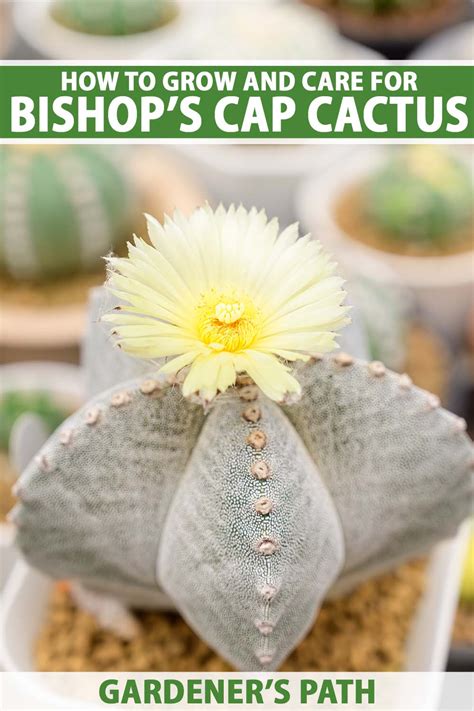
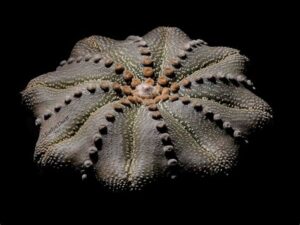
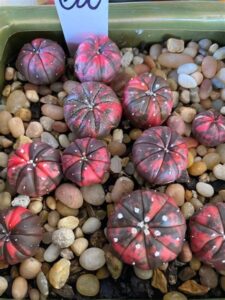
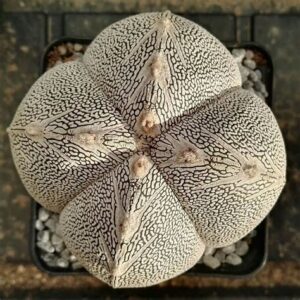
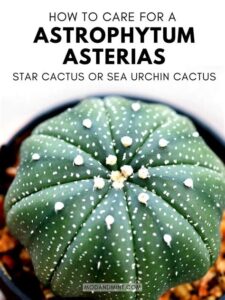
Leave a Comment